Israeli-born conductor and pianist Asher Fisch leads the NZSO in a vibrant programme including Gershwin's 'Rhapsody in Blue' and 'American in Paris', Mussorgsky's 'Pictures at an Exhibition', and Dvořák's 'Carnival Overture'
Asher Fisch, pianist & conductor
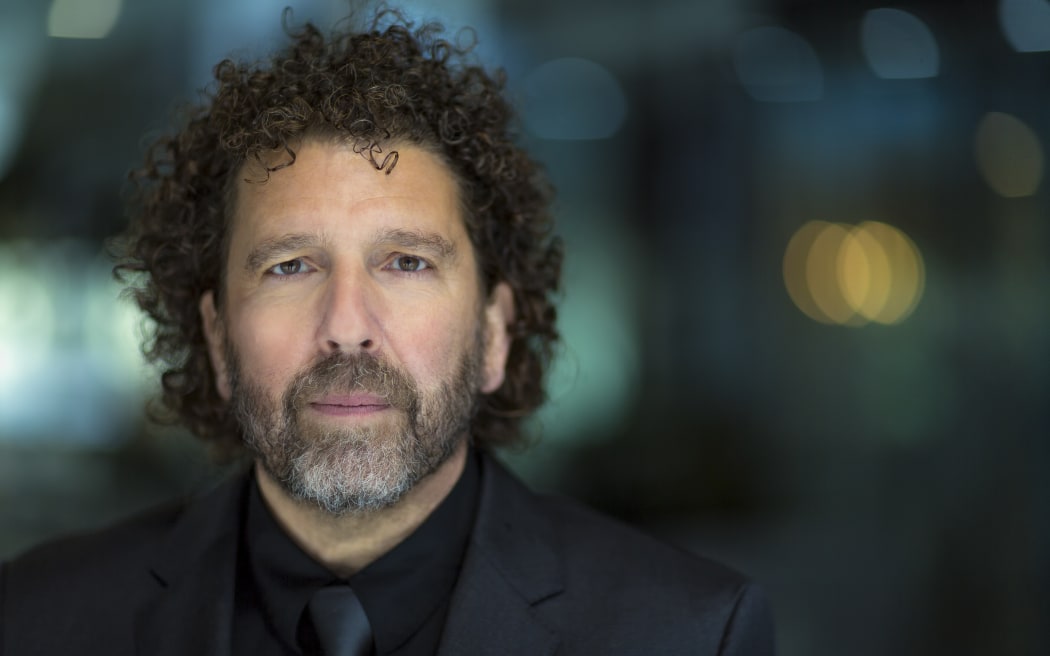
Asher Fisch, conductor Photo: Nik Babic
Making music with equal ease and command in the opera and symphonic worlds, Asher Fisch conducts a broad repertoire from Gluck to 21st century premiere, with a special command and following for German Romantic and post-romantic repertoire. Fisch is currently Principal Conductor and Artistic Advisor of the West Australian Symphony Orchestra (WASO) in Perth Australia, since 2014, and previously was Music Director of the New Israeli Opera for a decade (1998-2008) and Wiener Volksoper (1995-2005), and was also Principal Guest Conductor of the Seattle Opera (2007-2013).
Born in Israel, Fisch began his conducting career as Daniel Barenboim’s assistant and kappellmeister at the Berlin Staatsoper. He has built his versatile repertoire at the major opera houses such as the Metropolitan Opera, Lyric Opera of Chicago, San Francisco Opera, Teatro alla Scala, Royal Opera House at Covent Garden, Bayerische Staatsoper, and Semperoper Dresden. Fisch has conducted at leading American symphony orchestras including those of Boston, Chicago, Cleveland, New York, and Philadelphia. In Europe he has appeared at the Berlin Philharmonic, Munich Philharmonic, London Symphony Orchestra, Leipzig Gewandhaus Orchestra, and the Orchestre National de France, among others.
Fisch’s award-winning discography includes Bruckner’s Symphony No. 8 and Wagner’s Tristan und Isolde; tenor Stuart Skelton’s first solo album, recorded with WASO; and a recording of Ravel’s L’heure espagnole with the Munich Radio Orchestra. In 2016, he recorded the complete Brahms symphonies with WASO, released on ABC Classics to great acclaim. His recording of Wagner’s Ring Cycle with the Seattle Opera was released in 2014. His first Ring Cycle recording, with the State Opera of South Australia, won ten Helpmann Awards, including best opera and best music direction. Fisch is also an accomplished pianist and has recorded a solo disc of Wagner piano transcriptions for the Melba label.
Antonin Dvorák: Carnival Overture Op 92

Antonin Dvorak in 1882 Photo: Public Domain via Wikimedia Commons
In 1891, when Dvořák was 50 years old, he composed a triptych of overtures with the overall title Nature, Life and Love. He later reconsidered the idea of publishing them as a set and instead gave them separate titles: In Nature’s Realm, Carnival and Othello.
The Carnival Overture is the best-known of the three. It exudes high spirits right from the beginning, with its vigorous opening theme. Later, the bustle of the carnival is suddenly cut short by unsettling diminished chords in the harp, and the opening energy gives way to a peaceful interlude. But the tranquillity soon ends on the same diminished harmony that introduced it, and the carnival continues in full swing through to its rowdy climax.
George Gershwin: Rhapsody in Blue
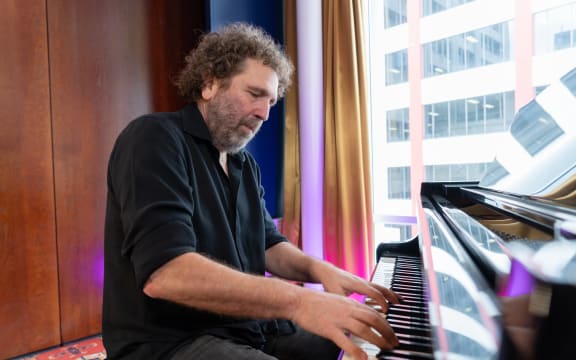
Conductor Asher Fisch at the piano Photo: Latitude Creative
Early in 1924, George’s brother and lyricist Ira happened to read an announcement advertising “an experiment in modern music” given by the bandleader and self-styled King of Jazz, Paul Whiteman. What surprised him most was that the concert was advertised as including a ‘jazz concerto’ by George Gershwin! George obligingly dashed off a piece in three weeks, just in time for the concert, it was hastily scored by Whiteman’s arranger Ferde Grofé, and given the title Rhapsody in Blue by Ira.
The concert was attended by several notable classical musicians, including Fritz Kreisler, Sergei Rachmaninov, Jascha Heifetz and Leopold Stokowski, as well as theatre-goers and curiosity seekers, most of whom had become restless during the course of the long evening. Gershwin’s work was placed 25th on the programme – second to last – and finally made the audience sit up! The famous music critic for the New York Times, Olin Downes, wrote: “The audience was stirred, and many a hardened concert-goer excited with the sensation of a new talent finding its voice”.
Leonard Bernstein wrote of the piece: “The themes, or tunes, or whatever you want to call them, in the Rhapsody are terrific, God-given… the rhythms are always right. The quality is always there, just as it is in his best show tunes.”
George Gershwin: American in Paris
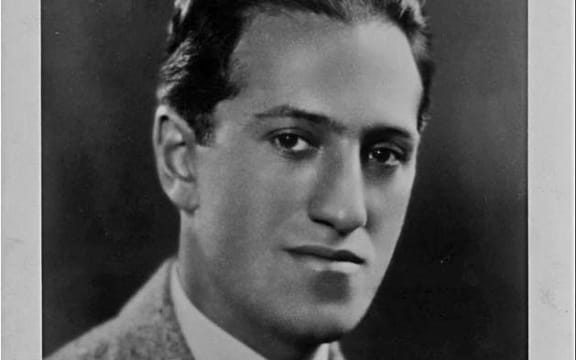
George Gershwin Photo: Public Domain
Gershwin spent some time in Paris in 1926 studying orchestration under Maurice Ravel and together they worked out a rough sketch for a new tone-poem. It lay almost forgotten until George returned to Paris for a holiday in 1928, when he orchestrated and put the finishing touches to An American in Paris. The work’s colourful orchestration includes four saxophones and several taxi horns, and is intended to portray the impressions of an American visitor to Paris as he strolls about the city, listens to the various street noises and absorbs the French atmosphere. The melancholic blues theme, introduced by the solo trumpet, suggests a sudden bout of homesickness which is eventually dispelled by the irresistible gaiety of Parisian life.
George Gershwin’s An American in Paris, completed during his 1928 visit to Paris during which he came into contact with Prokofiev and Diaghelev, amongst other famous figures. The work was premiered in New York’s Carnegie Hall later that year.
Modest Mussorgsky: Pictures at an Exhibition
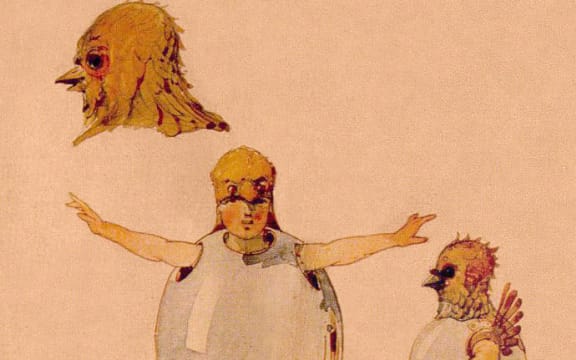
Viktor Hartmann watercolour: Sketches of theatre costumes for the ballet Trilby Inspired Modest Mussorgsky's 'Pictures at an Exhibition' Photo: Wikimedia Commons
The piano suite Pictures at an Exhibition was written quickly in June 1874. Mussorgsky originally called this cycle ‘Hartmann’ in tribute to his friend, the artist Victor Hartmann, who died suddenly the previous year. He was honoured by a commemorative exhibition and Mussorgsky chose to portray in music ten drawings from the 400 displayed.
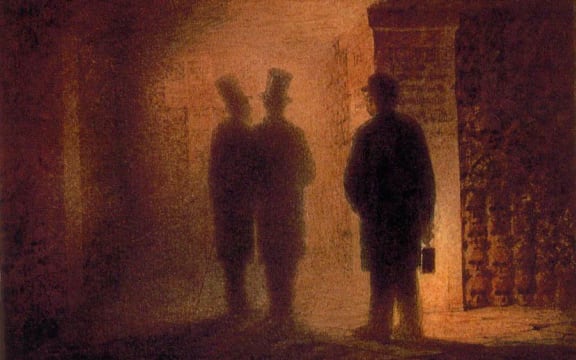
Viktor Hartmann watercolour: Paris Catacombs (with the figures of V. A. Hartmann, V. A. Kenel, and a guide holding a lantern) Inspired Modest Mussorgsky's 'Pictures at an Exhibition' Photo: Wikimedia Commons
First – a clumsy gnome with crooked legs; now, an Italian castle where a troubadour sings; On to the garden play of French children; then comes the heavy tread of oxen pulling a Polish cart; next, see the ballet of the unhatched chicks; by contrast, two Jewish men – one rich, one poor; and now great excitement from French women at the market; then, enter the Paris catacombs by lantern light; and from Slavic folklore, take in the witchy hen-legged hut of Baba Yaga; finally, revel in Hartmann’s heroic design – his would-be gates for the city Kiev – the majestic climax to a monumental tour.
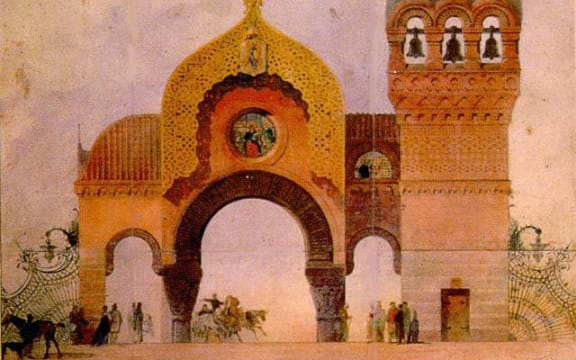
Viktor Hartmann watercolour: Project for city gates in Kiev. Main façade Inspired Modest Mussorgsky's 'Pictures at an Exhibition' Photo: Wikimedia Commons
The vividness of the piano score has inspired at least five orchestrations, including those by Leopold Stokowski and, more recently, Vladimir Ashkenazy. But the brilliant setting by Maurice Ravel remains a concert favourite. Mussorgsky’s colourful piano suite, with its ever-varied promenade interludes, gave Ravel enormous scope for sophisticated instrumental characterisation.
Recorded at the Michael Fowler Centre in March, 2022
David Houston, music producer
Darryl Stack, engineer
Sam Smaill, assistant engineer

